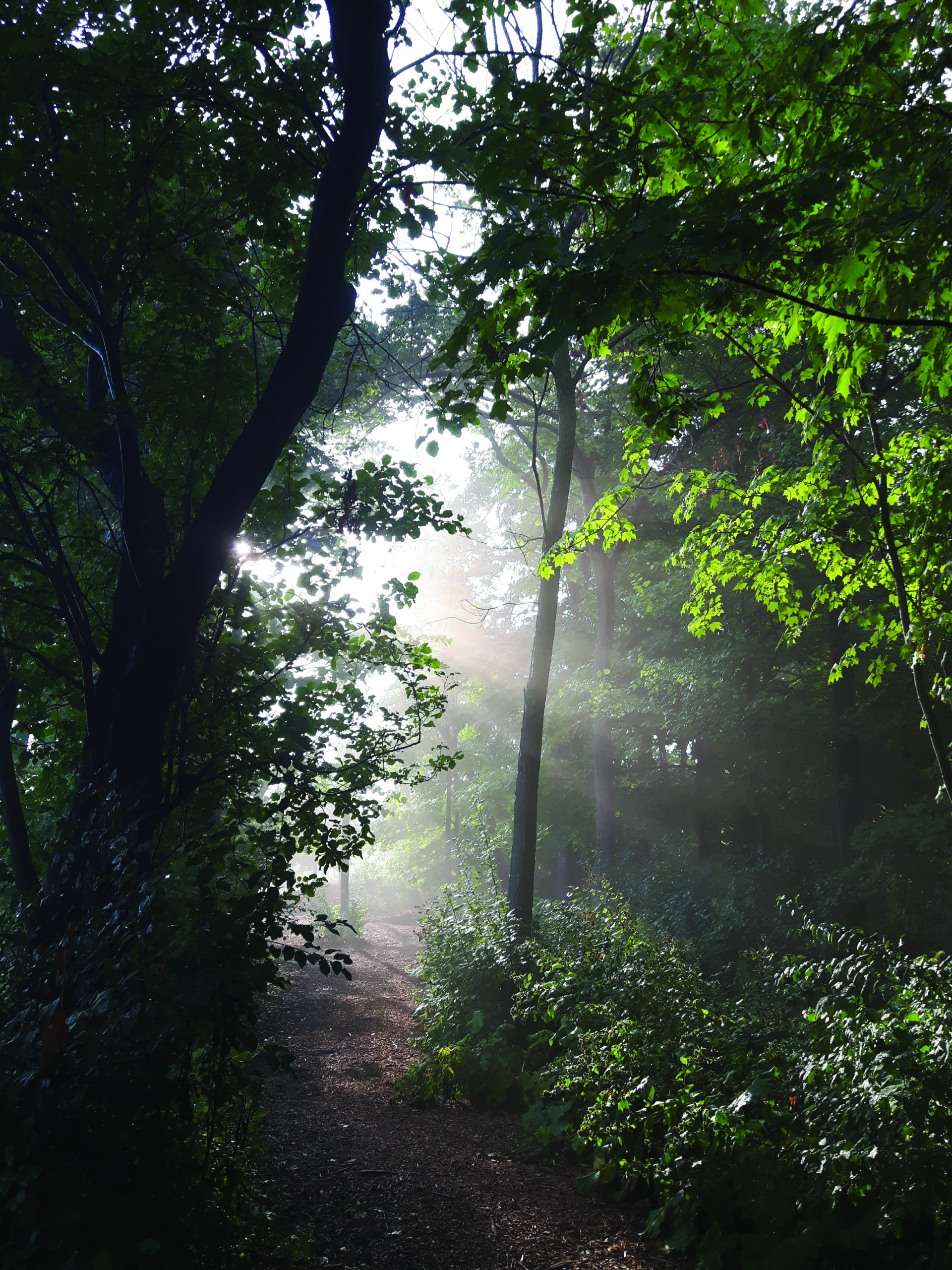Toronto Roots, Global Recognition

Cemeteries have the potential to be urban oases, where we turn off from the hectic streets to find ourselves under leafy boughs. As Torontonians, we know how important these spaces are to the health and soul of our city, so we’ve always invested in ensuring our properties remain green.
One of the finest collections of trees in North America can be found in our Mount Pleasant Cemetery Arboretum, with over 120 genera spanning more than 600 species. Nearly every tree that can grow in Ontario has a place at Mount Pleasant. The expansive property between Yonge Street and Bayview Avenue offers generous soil for mature trees to flourish, and the resulting microclimate helps provide an environmental buffer perfect for more sensitive, exotic species. This year, we’re proud to announce that the cemetery has achieved Level II Arbnet accreditation.
Founded in 2011, Arbnet is a global network dedicated to supporting the development and sustainability of aboreta of all kinds, from botanical gardens to city parks. It has accredited more than 200 arboreta across 20 countries since its inception, establishing international standards for professionalism, diversity and more. To secure the Level II accreditation, Mount Pleasant Cemetery was judged against criteria such as number of species, public access, dedicated arboretum employees and educational programming.
History in Green
In 1873, the original farmer’s field that would become Mount Pleasant Cemetery was transformed by architect Henry Engelhardt into a park-like space complete with trees, shrubs and pathways “for the enjoyment of the public.” Trees on the east side of the cemetery were placed in a traditional linear layout while the west side mimics natural forest patterns. The cemetery quickly became a popular attraction for the city, and today still draws families, athletes and ecologists from around the world.
Diverse Species
The hundreds of varieties of trees in Mount Pleasant Cemetery form two groups: native and introduced. These range from the rare castor-aralia and Babylonian willow to oaks that were mature when Mount Pleasant Cemetery was founded. As trees are removed due to old age, disease or safety, we try to replant with a species that will complement its neighbours.
A Living Collection
Records of every tree are collected and updated with accurate GPS coordinates through ArbroPro software. Each new entry is given a unique tree ID number, while traits such as height, number of stems or units, and health are recorded to observe collection changes through growth and changing environmental conditions. Educational institutions and botanical gardens have access to all the information upon request.
Woven into the City
Mount Pleasant Arboretum is accessible to the public 365 days a year, and links into municipal trails, ravines and parks, including the Kay Gardner Beltline Trail, the Vale of Avoca, and the Moore Park Ravine. We’ve nurtured a strong relationship with the City of Toronto as well as the Toronto and Region Conservation Authority (TRCA), collaborating closely to further shared community and environmental objectives.
Balance and Sustainability
Of course, the need for natural space must always be considered alongside the need for burial space, as trees can restrict the availability of salable land for plots. But we firmly believe that the Mount Pleasant Arboretum has helped Toronto live up to its green reputation as “a city within a park.” That’s why we’ve invested in ensuring the sustainability, variety and maturity of its tree life for years to come.